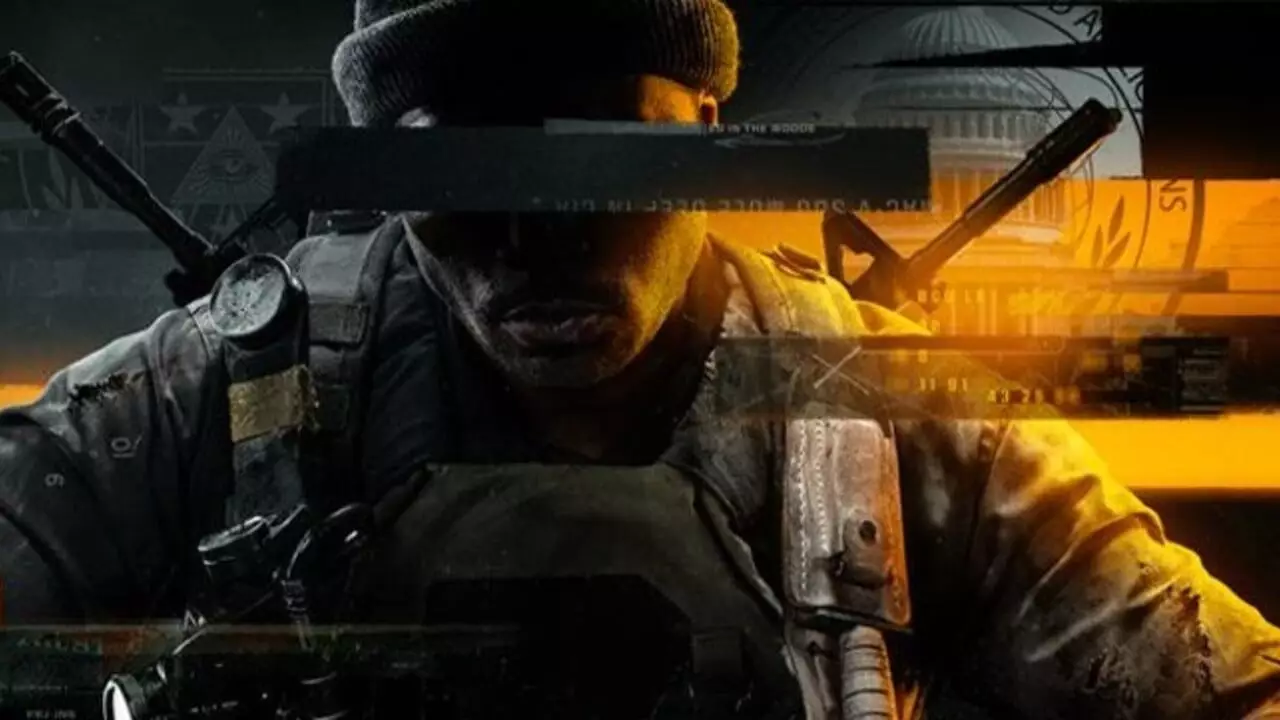In a significant communication to shareholders this week, Microsoft’s CEO, Satya Nadella, outlined the company’s ambitious vision for its gaming division, particularly the Xbox segment. He emphasized the ongoing efforts to broaden accessibility and engage with gamers on various platforms, highlighting a pivotal shift in strategy that aligns with changing consumer behaviors and preferences in the gaming industry. By prioritizing the expansion of content to rival console platforms, Microsoft is not only enhancing its brand visibility but also establishing a more inclusive community of players.
Nadella underscored Microsoft’s recent milestone of bringing several acclaimed titles to the Nintendo Switch and PlayStation, marking a first for the company. This transaction isn’t merely a business move; it illustrates a growing trend of collaboration and cross-platform engagement that is reshaping the gaming experience. Notable titles like Pentiment and Grounded have made their debut on the Switch, while PlayStation 5 users can now enjoy Hi-Fi Rush and Sea of Thieves. By strategically placing their popular games on competitors’ platforms, Microsoft is effectively reaching wider audiences beyond the confines of Xbox.
An integral part of Nadella’s message was his commitment to delivering “great games to more people on more devices.” This notion signifies a transformative direction for Microsoft, as it seeks to cater to diverse player preferences. The promise to innovate continually and enhance player experiences indicates a commitment to user satisfaction. Microsoft’s approach could lay the groundwork for future developments in gaming technology, where accessibility becomes synonymous with enjoyment. This approach not only reflects the evolving nature of the gaming industry but also positions Microsoft as a forward-thinking leader willing to embrace change.
A notable aspect of the discussion involved strategic agreements, such as the 10-year deal regarding the distribution of Call of Duty on Nintendo platforms. This decision not only demonstrates Microsoft’s willingness to work with competitors to reinforce their market presence but also speaks volumes about the future of gaming franchise management. Additionally, the mention of legendary series like Doom and the potential for new releases on various platforms suggests that Microsoft is keenly aware of its intellectual property’s value and is dedicated to preserving access for a broad audience base. However, the “case-by-case basis” approach for potential exclusives hints at an opportunity for strategic deliberation, weighing the benefits of exclusivity against broader accessibility.
As discussions heat up regarding which franchises may be shared across platforms, speculation around iconic series like Halo remains high. While some titles may be viewed as “red lines,” protecting core franchises could eventually bolster Microsoft’s competitive edge. The contemplation of future platform strategies is more than an operational challenge; it’s a reflection of the company’s vision for the gaming ecosystem.
Microsoft’s recent strides in the gaming industry under Nadella’s guidance present an intriguing case study in modern business strategy. By being flexible and accommodating in an industry characterized by fierce competition and rapid change, Microsoft appears poised to thrive while fostering a more unified gaming community. As gamers await future releases, the anticipation surrounding titles that reunite players across platforms only increases.


Leave a Reply